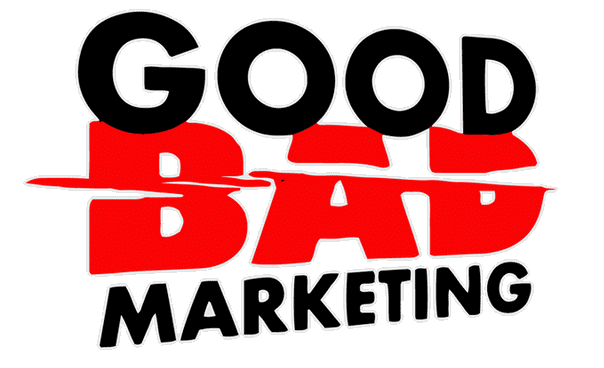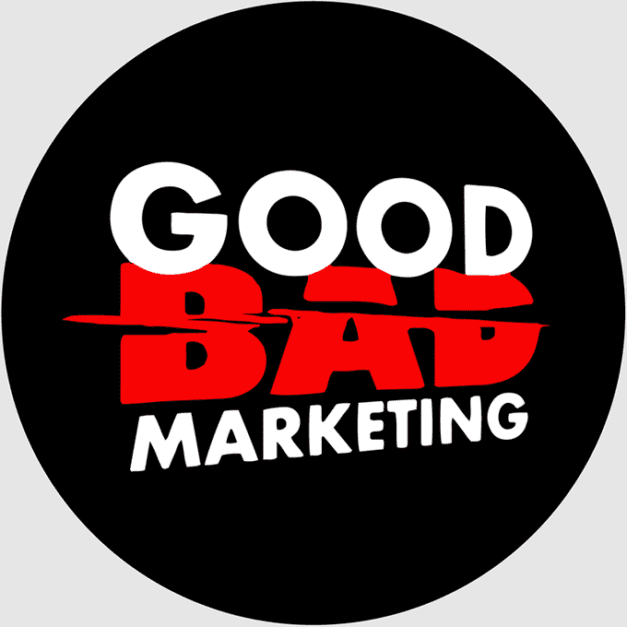Business models have evolved over time. Every company has its strategy to follow to pave a way towards success, however big or small it can be. Business models are believed to be about solely selling a product, but companies know that there is something more to it. Strategies and underlying conditions are to be thought about and sometimes, it can be counterproductive for the company’s goals.
Various business models can be followed. Each of them has its unique differences, targeting the company’s growth and future market. Hence, in following a business model, companies ought to understand and assess them first – either it can make them or break them.
However, there is no need to worry. We’re here to provide you with a crash course on the diversity of business models. Still, a thorough investigation should be made, for you to be able to understand fully and choose the best business model for your company regardless if it is a startup or a big one already.
The popular ones for today’s consumers are as follows:
What is a Subscription-Based Business Model?
The Subscription-based business model is very essential for most consumers nowadays. As most clients tend to have bank accounts and credit cards already, this method relies on customers who would want to avail of their product through monthly, quarterly, and annual subscriptions without the hassle of paying over the counter all over again.
Say for instance Netflix and Spotify, both companies have already been booming and still appear engaging to clients since their launch. The method suggests that instead of selling individual goods and services, the clients will have a subscription plan in a way that they will be expecting your goods and services to be delivered to them according to how they would want to pay for it; clients will be able to unconsciously avoid frustrations with the need to search and buy again as they can conveniently avail your goods and services regularly. Hence, the Subscription-based method gives you a better view of your cash inflow projections, letting clients either pay first or pay at the end of the subscription, making your business manage investments better.
Still, while this method does not involve much wholesale and retail products, businesses should be able to focus their efforts more on marketing and providing quality service for consumers, much more reinvent their approaches so the company can better retain their clients in the long run.
What is a Cash Conversion Cycle Business Model?
The Cash Conversion Cycle (CCC) is a popular business method for business in the wholesale and retail industry. It calculates the amount of time for products to be sold, so they would know how much money should be at hand given the timeframe the products will earn profit.
Usually, businesses turn to investors to provide them with the money or supply they need to produce their products. The business should be able to see how long it takes to sell the supply, so investors would know the turnaround time of when the net profit will be realized. Thus, the CCC is a metric where businesses calculate how long the investments will turn into inventory and other resources into cash flow from sales. This calculation should also include considerations such as payment for manpower, ads, and other initiatives before the products turn into actual sales.
While this may turn out good for other prevailing businesses, it should not be neglected that the method is reliant on the company’s sales performance; it may be that sales will be good, but it can also suggest that your business might lose revenue as demands for your goods and services will drop as well (and it might not sound good for future investors and creditors). Nonetheless, weighing and balancing profits, investments, supplies, and payments should be calculated well to avoid unwanted circumstances, especially that it depends on how the clients perceive your business.
What is the Bait and Hook Business Model?
Also known as the Razor and Blade business model (see my other article), you can say that both work hand in hand to provide companies with the probability of additional sales upon selling a single product; the basic product (hook) is offered cheap or sometimes free while the complementary product (bait) is then sold expensively. Hence, it can be referred to as the Product Ties Model, where a single product or service should always be paired with another product from the same company for the principal product to function.
One example of this would be Nescafe’s Nespresso Machine. We all know that this type of machine can only produce coffee with coffee capsules, thus they are often availed by clients together. Moreover, companies selling inkjet printers also adapt this business model; purchasing a printer alone will not be able to have its purpose without the use of an inkjet cartridge, right?
The Bait and Hook business model nevertheless creates an illusion for consumers that they are getting a bargain from their purchase. With the principal product being sold cheap, consumers are likely to purchase the complementary product so their purchase will not go to waste. However, one risk for this would be the possibility of clients changing into something new —- when the principal product is pretty affordable, customers are likely to shift from one brand to another due to lower changing costs.
What is the Reverse Razor and Blade Business Model?
This type of business model is quite similar to Razor and Blade. However, it is slightly inverse, in a way that consumers must purchase the razor at a set premium (products at a higher price) and have the complementary products (blade) at a reasonable and pocket-friendly price.
The dependent items are usually very durable and long-lasting. Thus, consumers will be able to enjoy the consumable products and services as long as they want to. Given this, the dependent products are very affordable, drawing more clients to buying them than switching to another product brand because they need not worry about the lower costs. Moreover, the businesses may also want to have the complementary products given for free (of course, must be with limitations) to let the customers think that the bargain is superb rather than thinking about the principal product’s value. The best example of this will be Apple. Though they often sell their products at a hefty amount, people are still buying them. Much more than the hype itself, Apple offers a wide range of perks that come with their products; lower costs for buying music via iTunes, free Apple TV subscription for a year, and even big discounts for other devices.
Still, the only downside for this method is the probability of purchase of the products and services. Because the principal products are sold at higher premiums, there is a big chance that the turnaround time of purchase will be longer than other methods.
What is the Freemium Business Model?
A risky business model especially for startups, Freemium is a method wherein companies offer their products and services for free and relies on further subscription for profits. Of course, the sole tactic for this model includes giving them free access to a good or a service but will need payments to get a premium to enjoy additional features.
Spotify, a notable music platform today, also does this method. They usually draw clients by giving them free access to music, but with ads in between skips. While this may be disappointing for clients, the company gives them an alternative to skipping annoying ads; with their premium subscription, customers can enjoy and add free music streaming, while also being able to download them once they go offline.
While this might be interesting for customers, businesses must need to assess client behaviour first; they ought to examine what a client wants and needs to further convert the Freemium offers into sales through premiums in the future.
What is the Disintermediation Business Model?
Disintermediation is a business model wherein companies who sell individual or wholesale goods skip middlemen to make, sort, and deliver their products. Truth is, hiring a middleman creates a costly partnership, and your business might end up giving most of the profits to them.
When businesses find it hard to pay the middlemen, it might be best to have direct contact with the whole manufacturing and delivery process of goods. Hence, ditching them might require more manpower, but it does outweigh higher costs in the long run. With this, businesses can work directly with consumers, enabling them to meet the suppliers, and companies will have sole control over how their products will be delivered and marketed. In consequence, your company will have more paperwork and would need to hire extra people to do the job of the middlemen.
What is the One for One Business Model?
With the spread of concepts to address societal problems and with the demand for social responsibility rapidly increasing, more and more businesses are doing their part to address such issues. Some research has found that customers are likely to purchase products that donate some of their profits to charitable causes, and thus the business is taking their part in this leap.
The One for One business model thus is a step to making huge net profits, gaining and generating long-term publicity as customers see them more appealing. Yet, one negative notion for this business model is how people perceive your products, as it will not be avoided that they will feel that it’s just a gimmick to boost up future sales.
What is the Product as a Service (Paas) Business Model?
The trends in millennial behaviour especially when it comes to owning something have changed over time. Instead of wanting to own something, market segments especially the young adults prefer renting things rather than buying them.
The Products as a Service business model (PaaS) enables these market groups to have things their way. Just like subscriptions, this model relies on monthly memberships, which can then provide a good cash inflow and steady income if ever marketed and utilized more by clients. With this, adapting to a PaaS business model will need more capital to purchase equipment necessary to use as services, and businesses are recommended to provide periodical enhancements to gain customer loyalty that will lead to retention.
What is Dropshipping as a Business Model?
One of the most popular business methods for companies nowadays, Dropshipping is a method wherein it locates a list of suppliers to offer products and services for your website to market and sell, and you would not need to worry about the delivery of the products. Nevertheless, it drops the products directly to the consumers, so no need to stock and has them sorted by the company. Due to its scalability, startups are drawn to this business model as it only requires minimal order fulfilment and overhead costs.
Alibaba is the best example of this, as websites are able to sell their products to various markets around the world without having to directly contact clients anymore. This works in contrast with the Disintermediation business model, as it still hired middlemen to cater products to their clients.
What is the User Community Business Model?
User Community is a business method wherein clients have a platform to use the service, mutually benefitting users and service providers. This network can often be effective and can generate huge advances in revenue and retain clients will the service be beneficial to them.
The business model solely focuses on consumer feedback, where clients can use their platform for free in a way that they can also suggest innovation through engaging users to have a free suggestion box for the products and services a certain company is selling. The community then creates a direct interaction between users and companies; an open group for authentic company advertising to target their market even more for successful product sales.
One of the best examples of this would be LEGO®. The company allows users to create their own designs, hosts contests for them, and then the winning designs are sold into actual products that would be promoted by the company itself.
Amidst the differences in the business models, companies have sought through various trials and errors to know what performs best for their company. Even though some models might be catchy, businesses still have to investigate whether or not it will be favourable to them. Again, these models are not guaranteed; so if it means changing your present business model, never be afraid of doing so!





